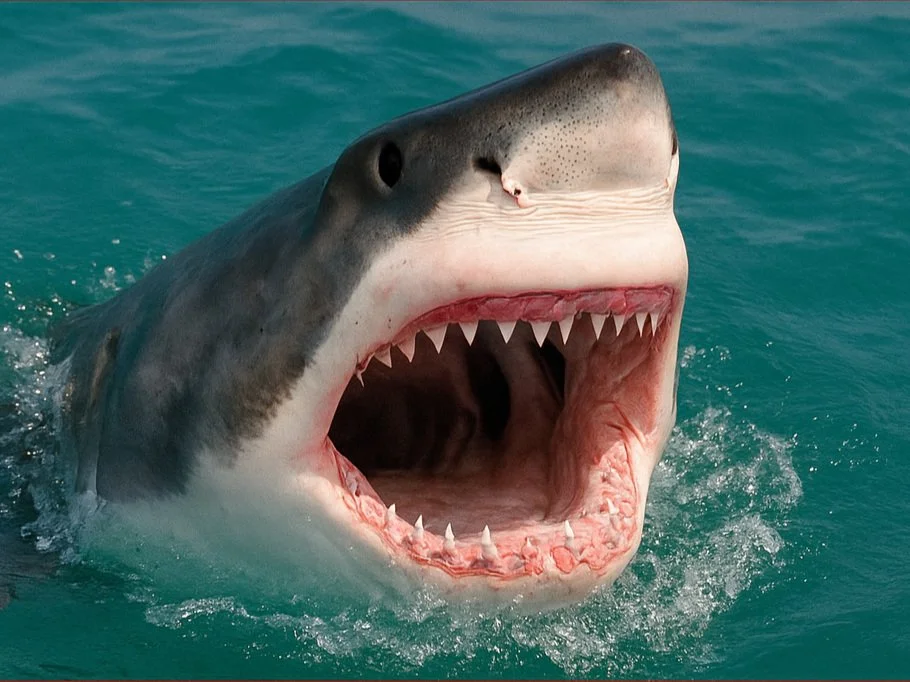The 2006 cinema hit "300" depicted the Spartans as muscular, bearded men in short red cloaks and Gerard Butler saying the infamous phrase "This is Sparta!".
And now an author and university lecturer in Ancient Greek History, Andrew J. Bayliss, has prepared a book that talks about the Spartans' way of life and provide even more details about their lives.
Andrew J. Bayliss has been fascinated by the Spartans since he first heard the story of Thermopylae in school, and he has spent a lot of time gathering surviving evidence to better capture the lives of the Spartans in his book titled "The Spartans". And some of the things he says about the people of Sparta are really impressive.
How the Spartans spent their daily lives
From childhood, the boys grew up to be warriors and the girls grew up to be warriors' mothers. As the boys grew up, they lived in cloisters and spent their days doing gymnastics, running, boxing, wrestling, spear throwing, and a team sport whose essence you can guess from its name: Battle Ball. They also practiced dancing. But they danced in full bronze armor that weighed about 30 pounds.
As for their diet, it was simple and nutritious: it included barley bread, figs, cheese, olive oil, and of course black broth, something like blood soup. They also ate lambs or goats. Sweets were not allowed: they despised anyone who was overweight - someone was even punished for being fat.
The boys fasted and were encouraged to steal but not to get caught: a useful exercise for undercover operations when they grew up. They slept on beds made of reeds cut from the river, and if it was very cold they were allowed to put in some thistle flowers for extra warmth.
It was from them that the word "Laconic" came to be known throughout the world. When Philip II of Macedonia sent a threatening message to the Spartans saying, "If I conquer Laconia, I will destroy your city", they responded with just one word: "If." Philip finally decided not to invade Sparta.
The Spartan women are tough, fit and beautiful
The author also says that the Spartan women were known for their athletic physique, sunburned skin, and outward beauty. They could be pictured in women's magazines if they were alive now. Indeed, classical poets praised their "wonderful ankles" and "their hair that shone like pure gold".
Shocked (but no doubt impressed), the foreign visitors reported that the women wore white minidresses that exposed their thighs which were fit from a specific exercise they did. An ancient Spartan inscription tells of a girl who boasts of having accomplished 1,000 such jumps, "more than any other girl."
Like men, they ate no fat and considered excess weight a sign of weakness. Indeed, according to Plutarch, Spartan women who danced naked before young men would be "ashamed if they were fat or flabby".
But this culture about shame was in two ways, the author notes. Boys had to prove they were extremely strong and heroic to conquer women, and girls made fun of them when they failed. The Spartan women wanted male warriors. One mother killed her son by throwing him off the roof when he returned from a battle in which all his comrades had fought to the death.
The Battle of Thermopylae and the famous "Molon Lave"
The best moment of the Spartans - in which all their history, tradition and learning unfolded in all their glory - was during three unforgettable days at Thermopylae, in late August of 480 B.C. King Leonidas of Sparta led his 300 warriors to face without a moment's hesitation a Persian army of at least 100,000 men, perhaps twice that number. Their opponent, Xerxes, had warned that he had so many archers that their arrows would darken the sky. "Good," said a Spartan warrior. "Then we will fight in the shadows". Another message from Xerxes asked them to surrender their weapons. To this Leonidas, himself replied with the famous phrase, "Molon lave", meaning "come and get them".
The key to the success of Leonidas' heroic resistance, apart from absolute bravery and fighting, was geography. The passage of Thermopylae was no more than 100 yards wide. "Seemingly impenetrable rocks, they went right up to the land", the author notes, while on the other side "the sea broke on the rocks".
The 300 Spartans resisted for three days and nights. Finally, they were betrayed and attacked from behind and died to the last of them, but many thousands of Persians died with them in a bitter humiliation for Xerxes. All of Greece was inspired by their example, as has all of the Western civilization since: the concepts of freedom stem from this sacrifice.











